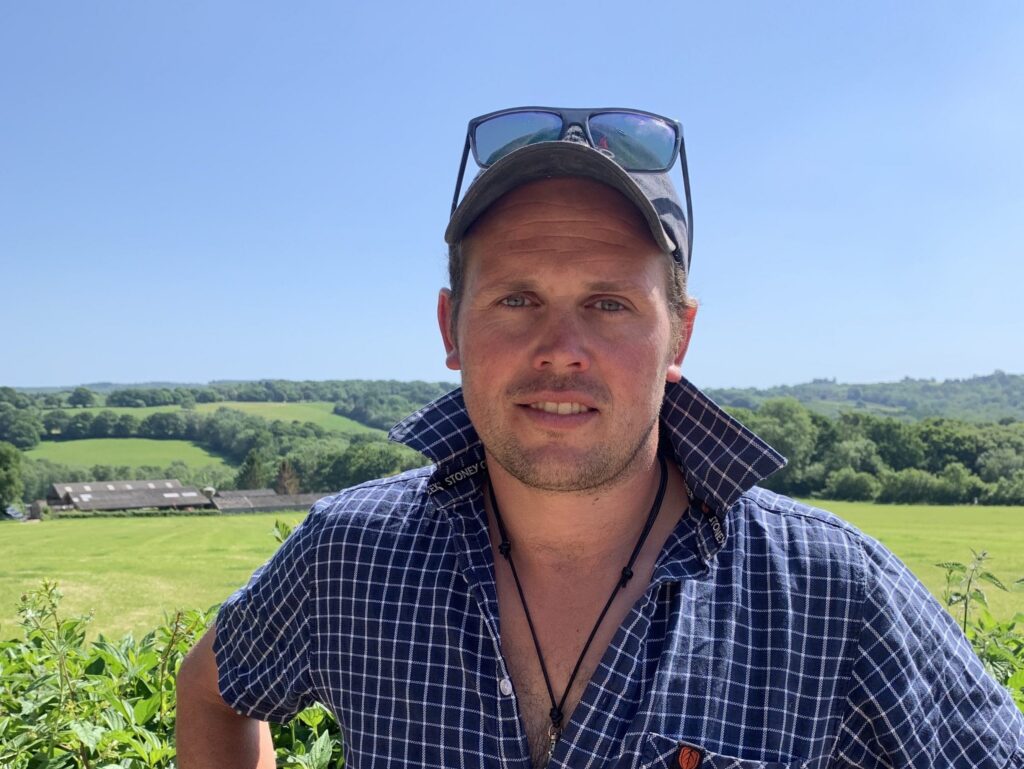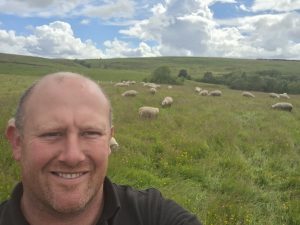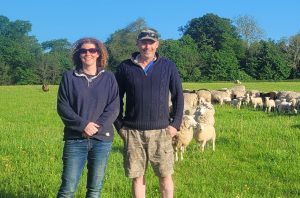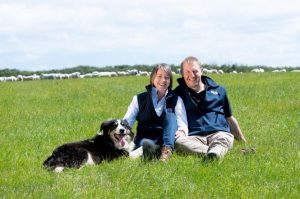by kind permission of Ben Foy, Brickhouse Estate
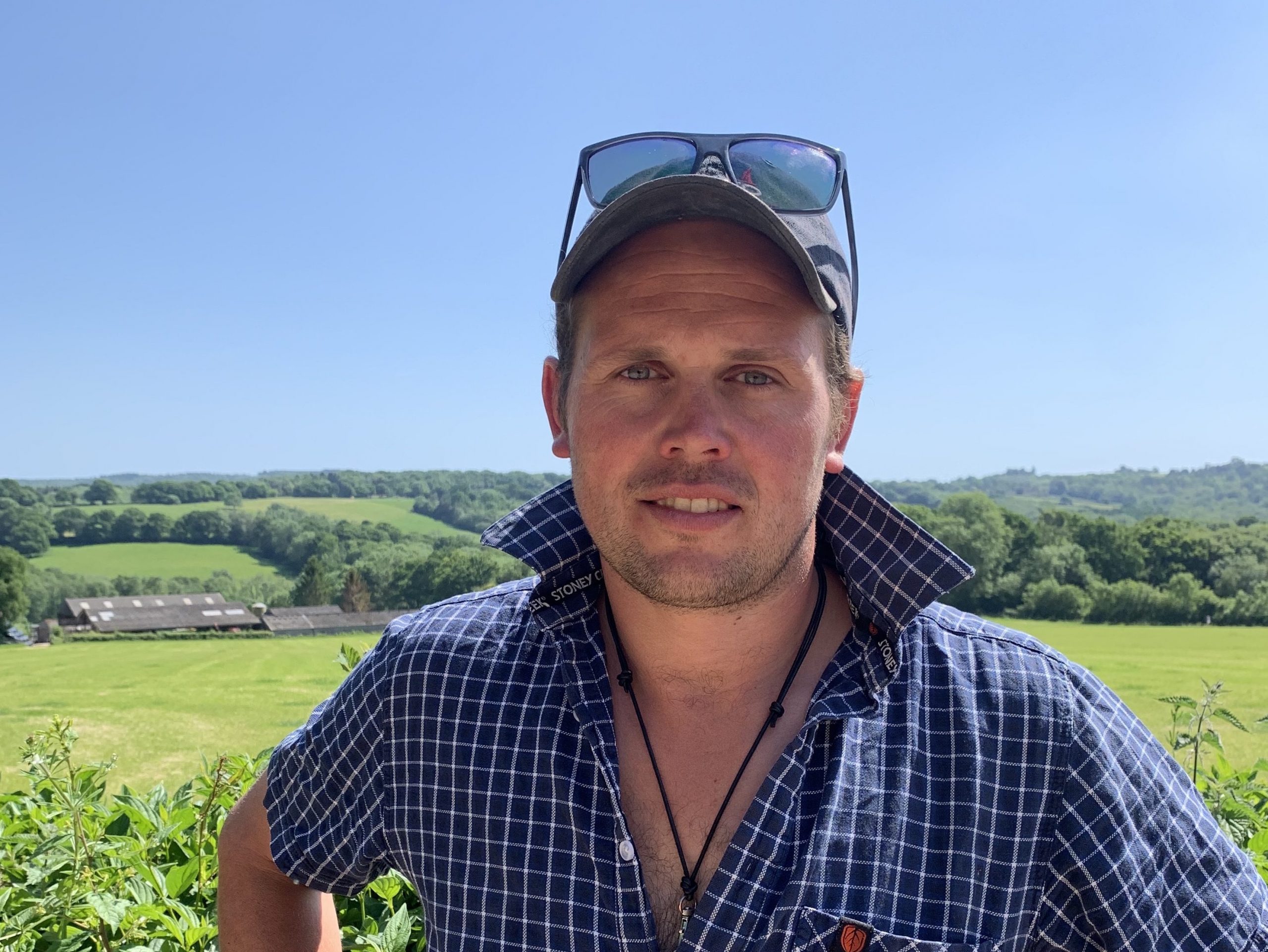
Managing a low input forage based farming system with low labour requirements led Ben Foy to invest in Innovis genetics four years ago, a decision that he says has given him the confidence to continue expanding the flock to 1,800 ewes over the next three years.
“I’m currently running 700 Abertex cross Mule ewes and 500 Mule ewes all of which are put to the Abertex to produce finished lamb sold through the local live ring at an average 40kg to 42kg from 11 weeks of age. These lambs have shape, they’re eye catching to the buyers. I also ran 200 ewe lambs with the Primera meat sire for the first time, and lambing went by effortlessly.
“This season the flock scanned 183% and we had a luxury year; over 1,200 head lambed themselves outdoors in April and the ewes produced plenty of milk of grass and a little bit of fodder beet. 90% lambed within the first three weeks and I literally had to help just 12 ewes. The remaining 70 ewes scanned with triplets were housed,” explains Ben who also runs a busy building business and takes a month off for lambing.
“Four weeks on, I can see that stepping up in 2019 to buy an Innovis Elite ram for the first time has made a massive difference in terms of the lambs already developing shape.”
He continues: “I regarded Innovis as trail blazing the way in terms of breeding grass reared sheep requiring minimum inputs, and accompanied with comprehensive health treatment records MOT’d and quarantine drenched. Buying rams was initially a bit daunting. I call up the Innovis office, place an order – easy lambing and growth rate are my top two EBV selection criteria, and when the rams turn up, they do exactly what they say on the tin. If anything goes wrong, then Innovis honors its word.
“When I first started out with Abertex rams, it was a bit unnerving putting one ram to 80 ewes, however this last season I increased the ratio to one ram to up to 110 ewes. Whilst we don’t have the best grass, since these rams are forage reared they remain in the same body condition throughout, without one single ounce of concentrate.
“We farm on the High Weald on heavy clay, and in a good grass growing year we don’t need to feed any concentrate to the ewes either. We reseed up to 28ha a year, and have massively increased the grazing availability by dividing up the paddocks and introducing a four to five-day rotation after the lambs are 10 to 14 days old and we mob up into groups of 250 to 300 ewes. Weaned lambs move on to shorter rotation. We’re also growing up to 20ha of swedes to supplement grass keep in the new year.”
Ben started farming sheep in 2014 with 300 ewes on 68ha, expanding the flock year on year with home bred replacements. “I farm sheep in the evenings and weekends, as well as during lambing, however once I’ve expanded the flock to 1,600 ewes I’ll be able to justify taking someone one to help with the stockwork, and then eventually get to 2,000 ewes if more land becomes available. I have to keep pushing on if I’m going to continue to drive down inputs costs, make more efficient use of our land and exploit our Innovis genetics which are so suited to our management regime.”
